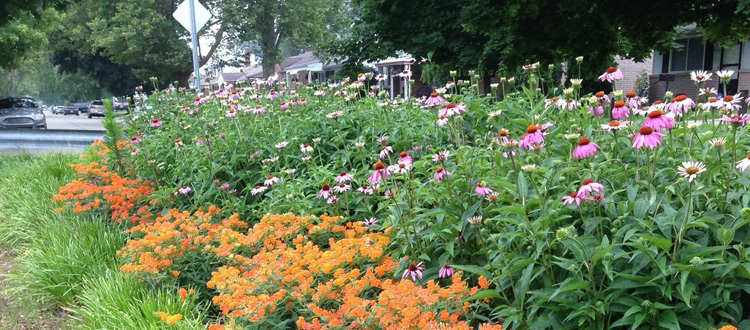Restoring your river, one yard at a time.
Flooded basements, flooded streets, and dirty creeks share a common cause, and that’s too much dirty water runoff during big storms. Time do your part—time to get RainSmart! Safeguard your home against flooding, and join the effort to restore your Rouge River by planting a rain garden! Explore below to get started.
What’s a rain garden? It’s a garden with a job.
A rain garden has a job to do—controlling puddles and keeping basements dry by soaking up water running off of roofs, driveways, walkways, and other hard surfaces.
- Rain gardens usually feature attractive native wildflowers that attract butterflies and hummingbirds.
- Rain gardens reduce flooding and help prevent pollution in the Rouge River, too.
- They capture water that might otherwise carry lawn chemicals and mud into the river.
Explore below to learn how to add one to your home.

Rain Garden Courses
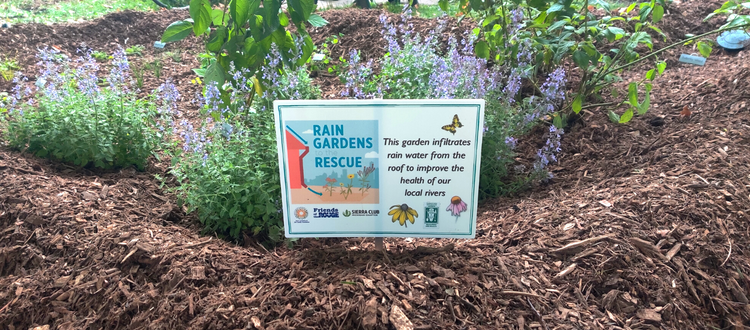
Rain Gardens to the Rescue
The Rain Gardens to the Rescue program is a series of workshops designed to teach people how to create rain gardens of their own!
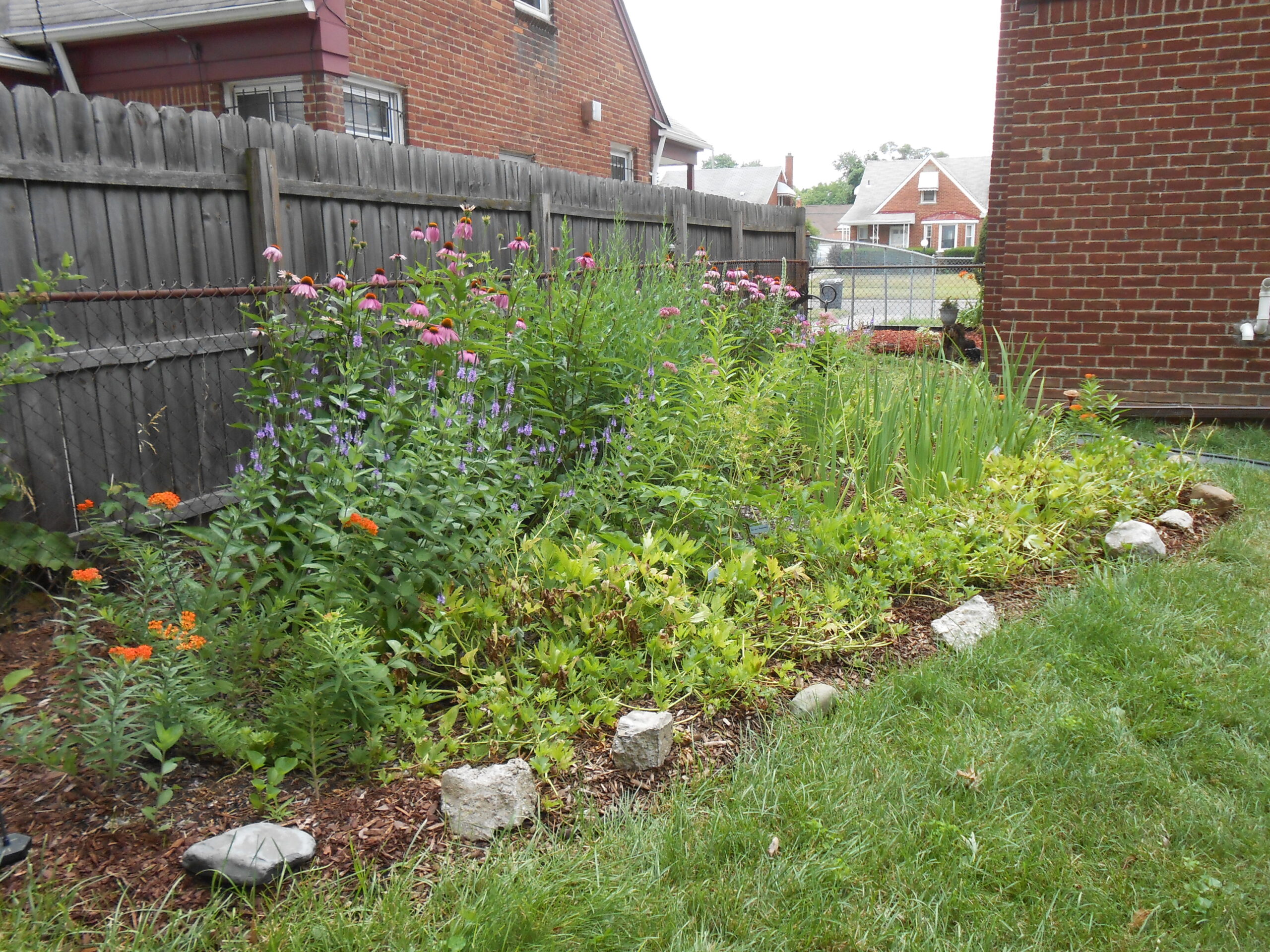
Master Rain Gardener
Protect your home against flooding & help birds, & butterflies with a RAIN garden!
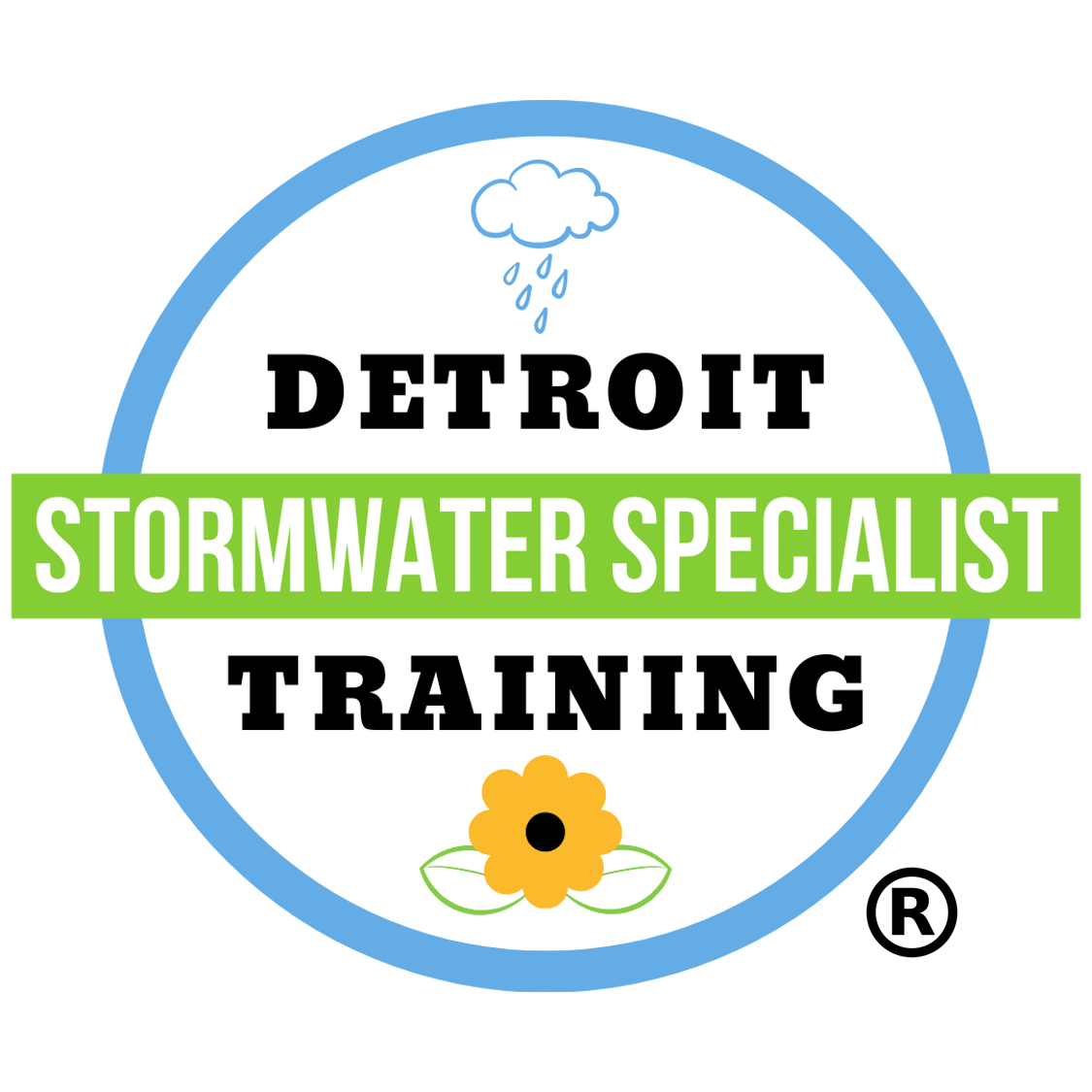
Storm Water Specialist Training
Are you looking for an opportunity to earn $15 to $20 an hour? If so, this class is for you!
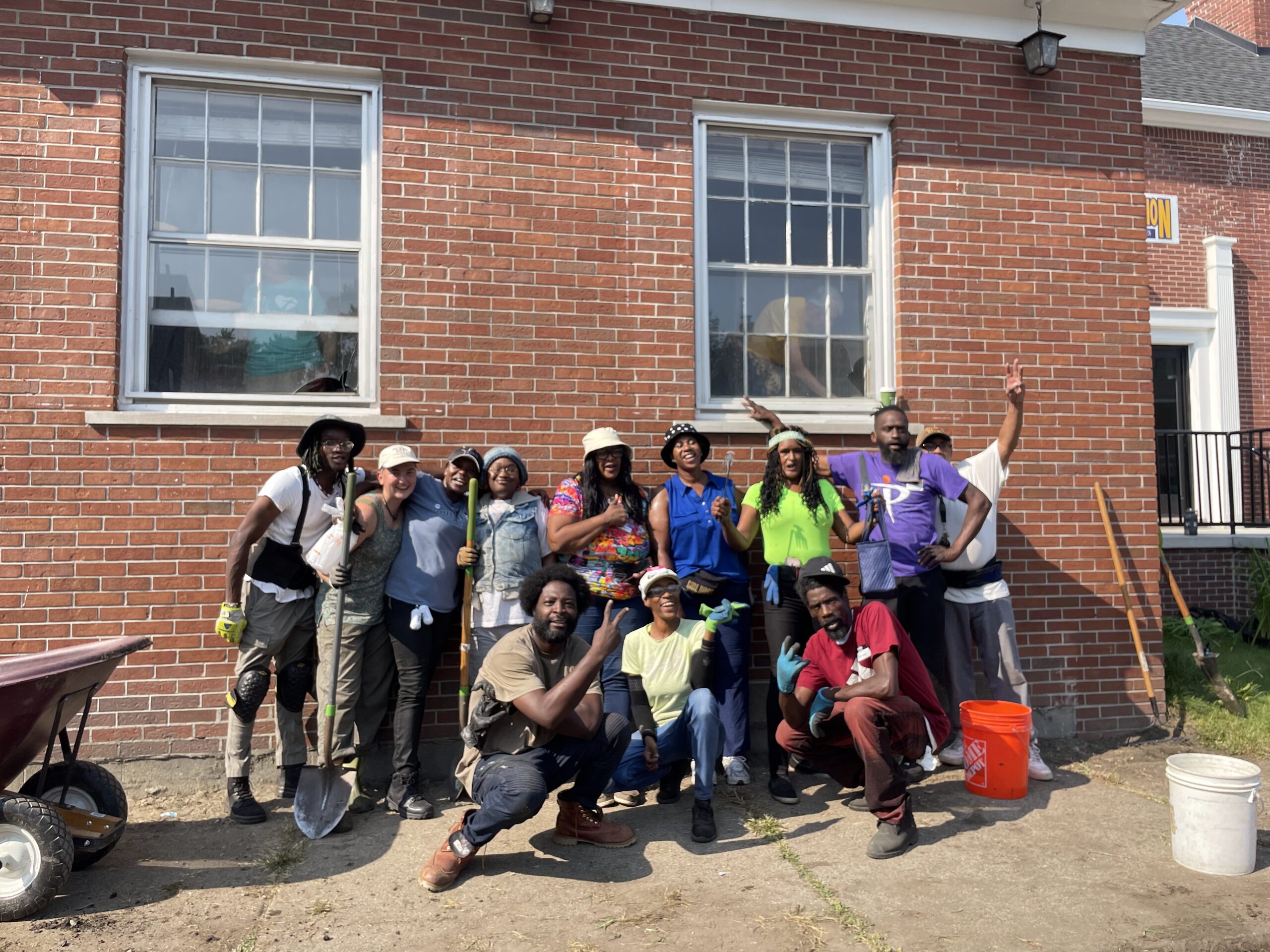
Sacred Grounds
A National Wildlife Federation Program that recognizes faith communities that create wildlife habitat and actively link faith practices and caring for the environment.
Rain Garden Resources
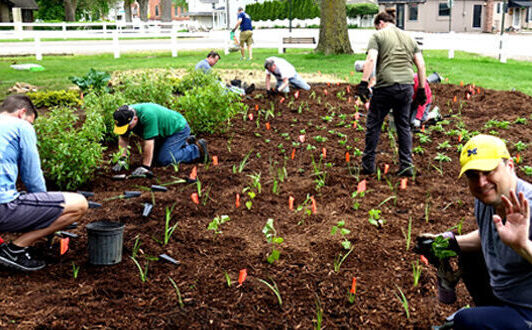
DIY Rain Garden Guidance
Get some basic orientation to help you get started with your own rain garden!
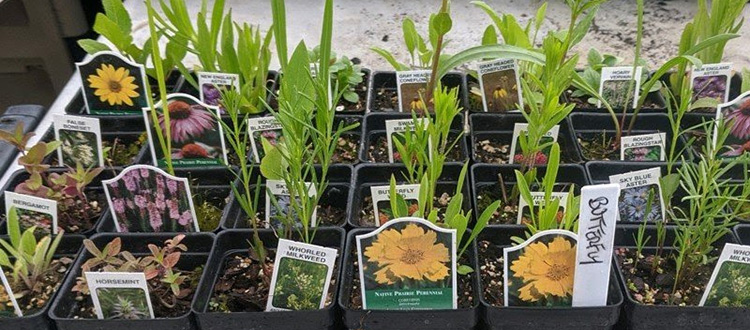
Plants for Rain Gardens
Get some basic orientation to help you get started with your own rain garden!
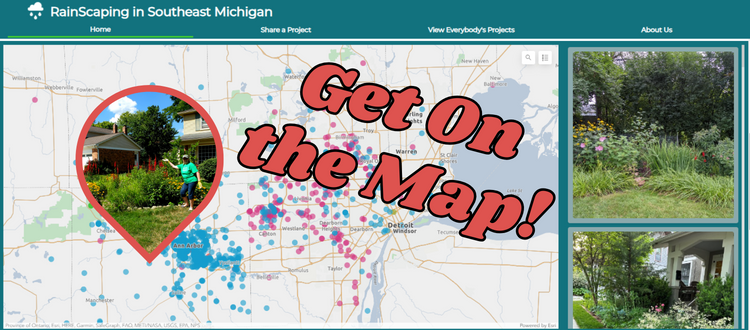
Rainscaping Map
See a map and photos of rain gardens, habitat gardens, rain barrels, and more in your community. Add your project to the map when you’re done!
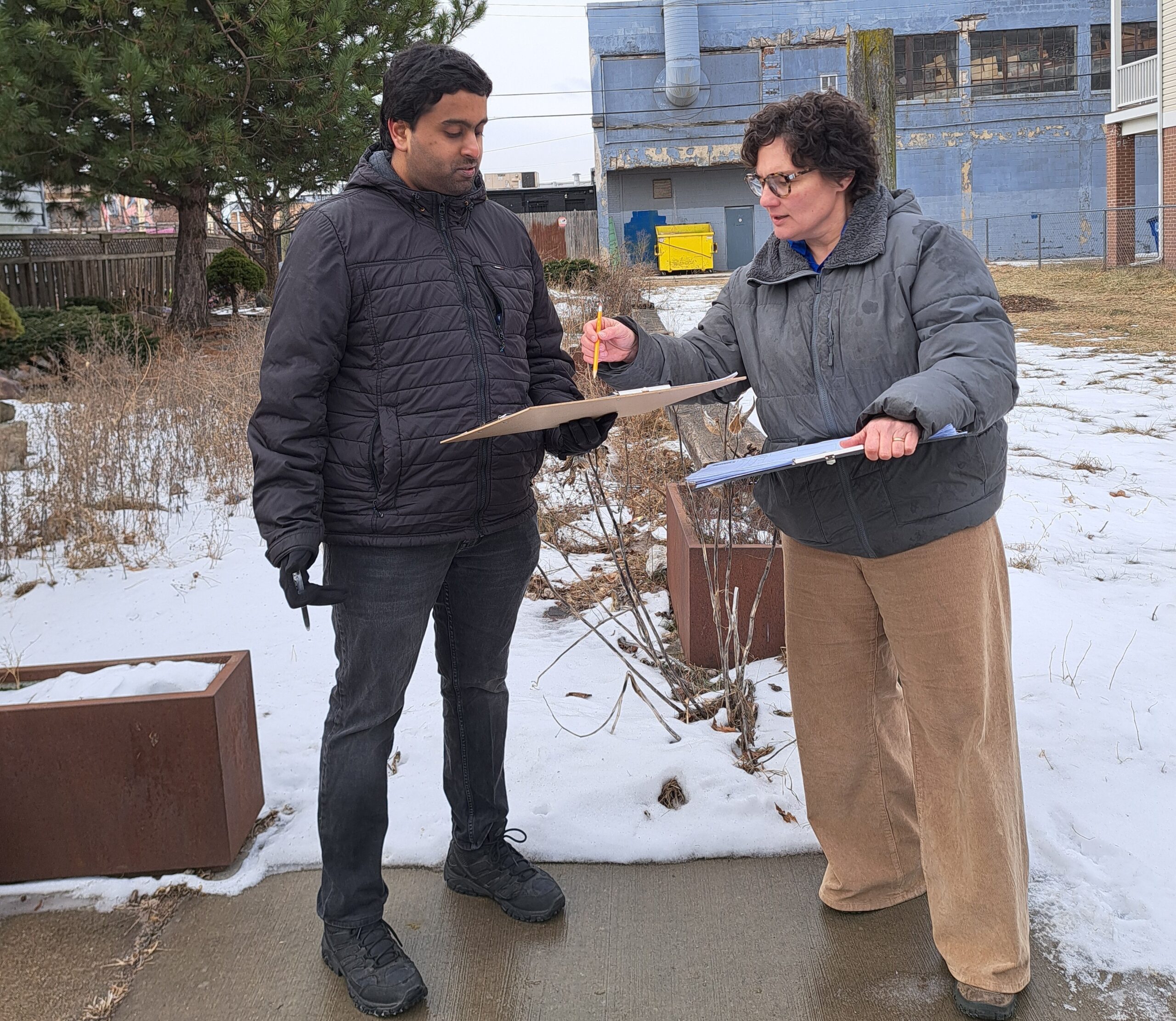
Services for Hire
Our team of landscape architects and designers is ready to help you plan improvements to your landscape that maximize environmental benefits.

Find Rain Garden Pros and Suppliers
Find local companies that sell native Michigan plants, design rain gardens, install them, or all of the above.
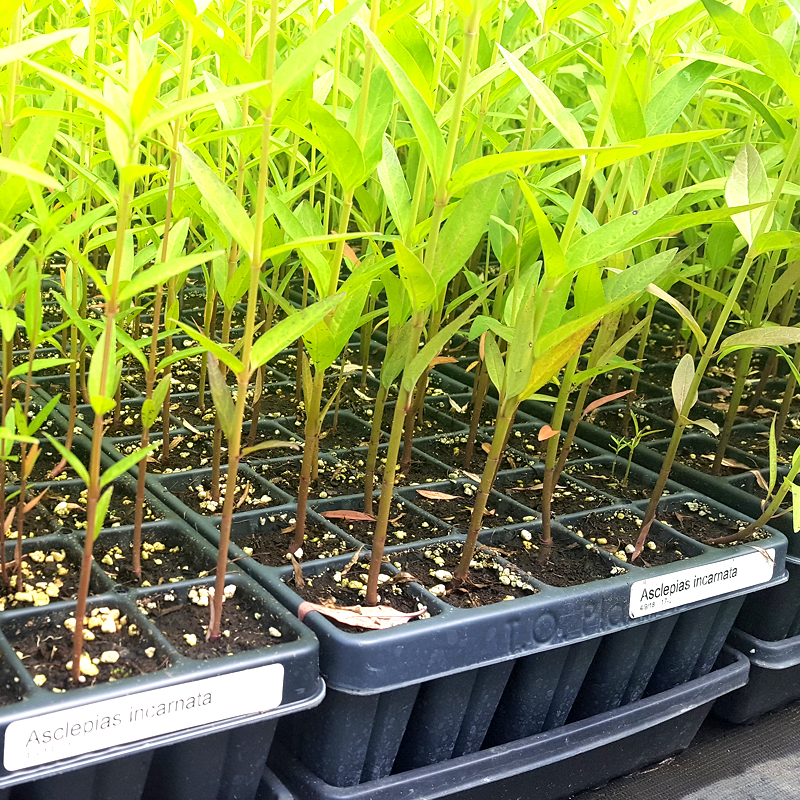
More Resources
Explore some more plant and gardening resources.
What do rain gardens do?
Reduce discharge to streams
When it rains in an area with a separated sewer system, water flows to a storm drain then directly to a stream (see separated sewer diagram below). This adds a lot of dirty water to streams quickly, causing erosion, pollution, and other problems. Rain gardens capture and slow rain water, reducing the amount that ends up in streams.
Reduce strain on combined sewer systems
During heavy rains and large snow melt, combined sewer systems cannot carry all of their combined storm and sewage water to the treatment plant (see combined sewer diagram below). When that happens, untreated water overflows into a river. Rain gardens capture and slow rain water before it reaches the drain, reducing the load on the system.
Filter pollution
Rain water picks up and carries pollution from the surfaces it flows over, like a salted driveway, flaking roof, or oil-slicked parking lot. Rain gardens capture this runoff and native plants filter out the pollution.
Reduce flooding
The native plants in a rain garden absorb some water, and their roots make space for more water to seep deeper into the ground. This reduces excess water that would flood a street or basement, or freeze on a sidewalk in the winter.
Provide habitat and food for wildlife
Rain gardens are full of native plants that provide nectar, pollen, seeds, and/or habitat for bees, butterflies, birds, and other wildlife.
Create beauty
Many common rain garden plants like purple coneflower, butterfly weed, and swamp milkweed have showy, colorful flowers that beautify a space.
Separated vs Combined Sewer Systems
Sewers that keep storm water and sanitary wastewater separate are known as sanitary or separated sewers. Separated sewers move untreated storm water directly to streams and rivers very quickly. Because the water is untreated, any pollutants that the water picked up are carried to the stream too. The increased water levels often lead to erosion, and the pollutants cause other problems in the stream.

Sewers that collect both storm water and sanitary wastewater in the same system are known as combined sewers. During heavy rains and large snow melt, combined sewers do not have enough capacity to carry all of the water to the treatment plant. When that happens, the untreated combined storm water and sanitary wastewater overflows into a river or stream, creating a combined sewer overflow.
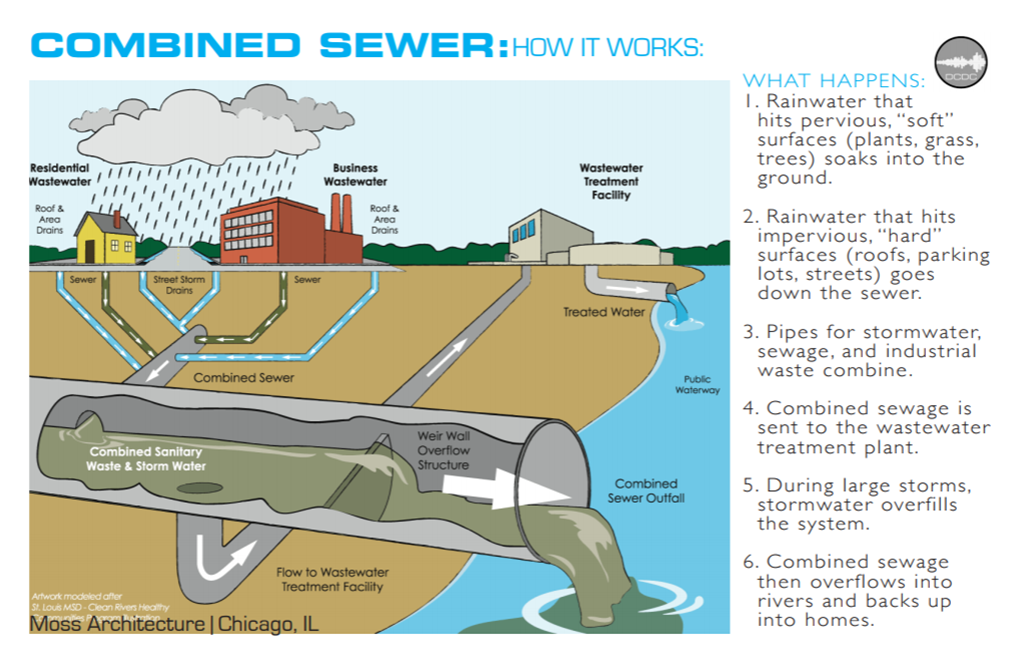
Watch the Weather Channel interview FOTR on preventing backyard flooding.
Categories
-
News & EventsLearn more about upcoming FOTR events and projects
-
Our WorkShort description about the category for context.
